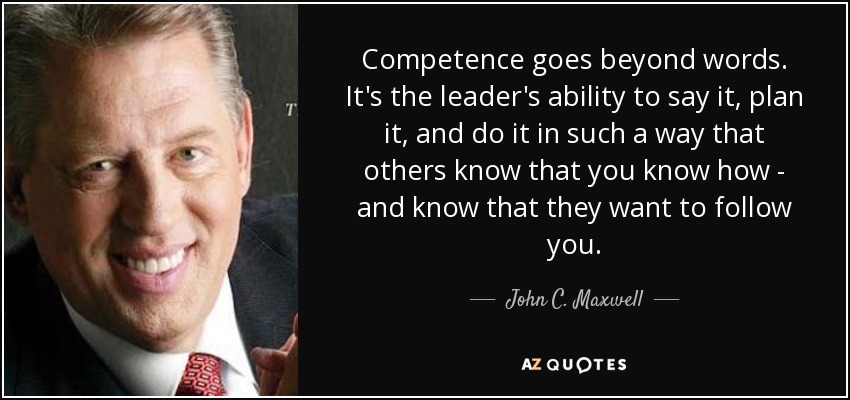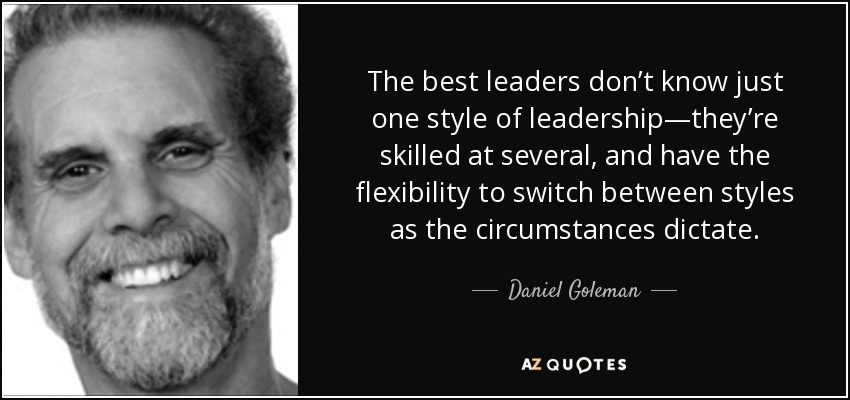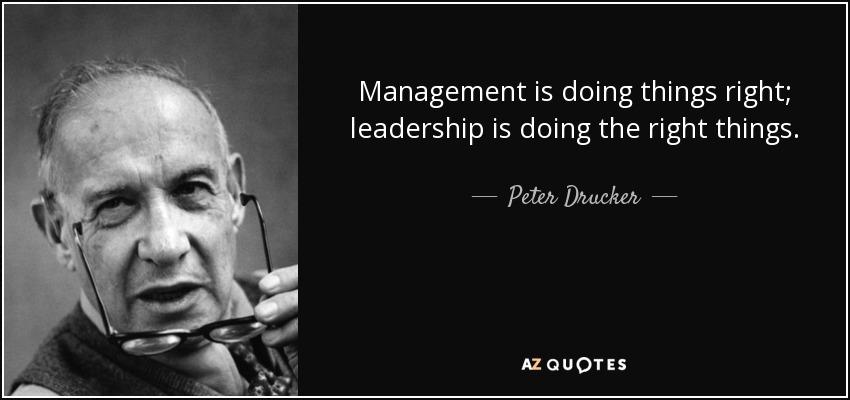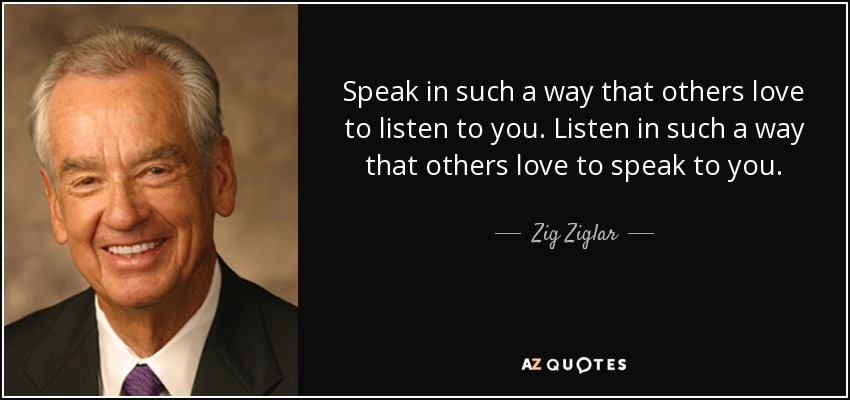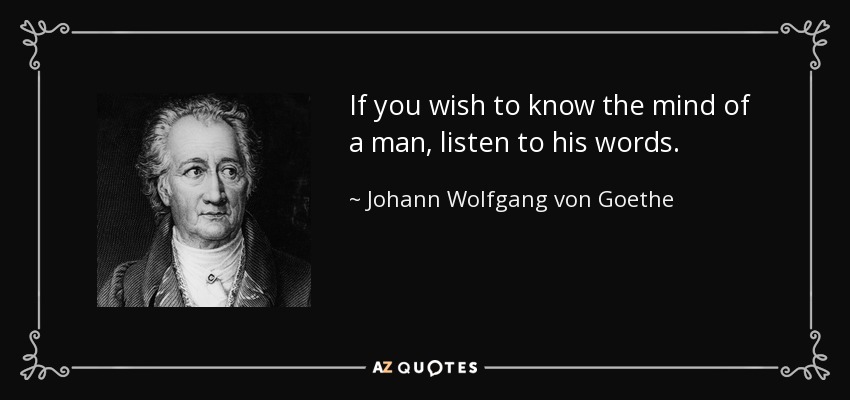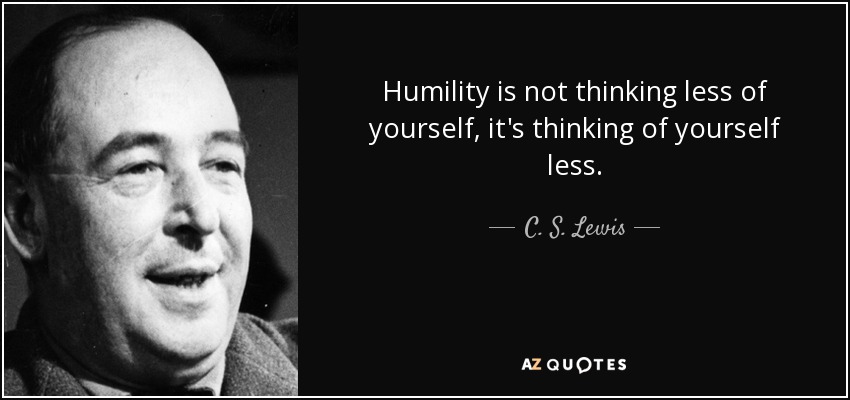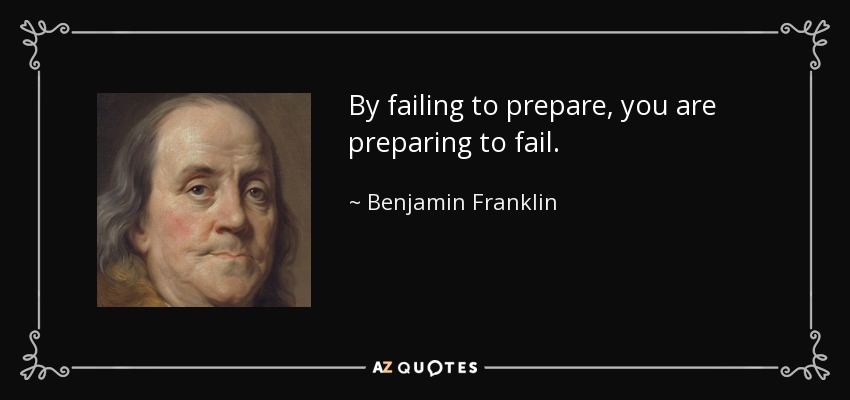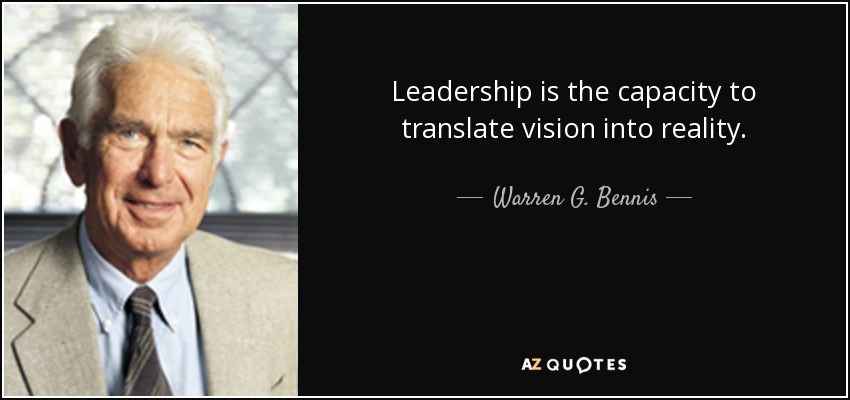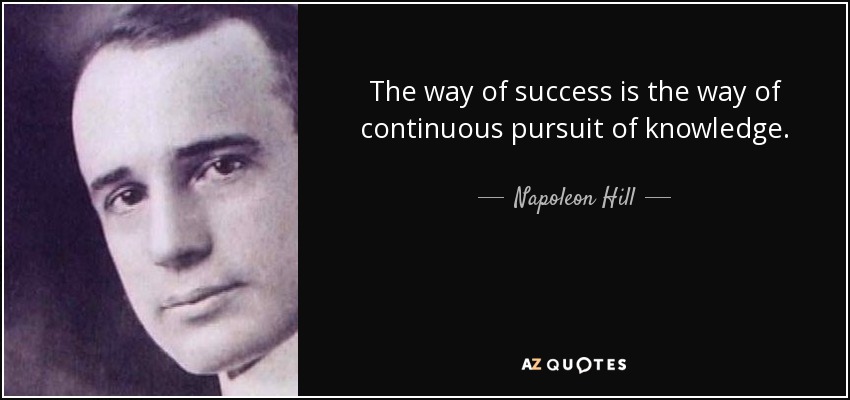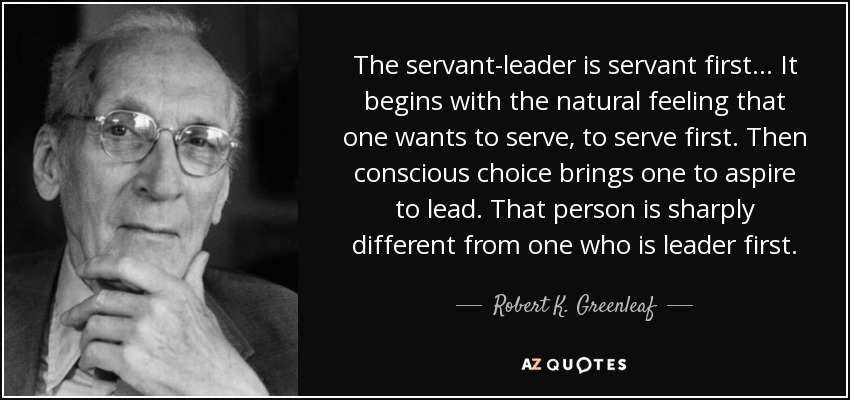Click here to return to Blog Post Intro
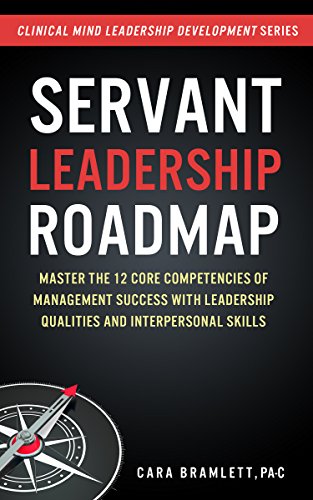
Leadership Excellence
The most critical quality of any leader is understanding the importance of the team. Without a team, you will have no one to lead. Leadership is the ability to inspire someone. This requires a deep understanding of the team members and each member’s aspirations. You need your team more than they need you.
Our job as leaders is to remove barriers and roadblocks to secure the team’s success.
Be sincere and honest in your inspiration to team members; listen, inquire about them, and speak less about yourself. Leverage your emotional intelligence to understand their positions and manage your personal emotions. Maintaining transparency and honesty are key to gaining an individual’s trust. One of the most missed opportunities as a leader is not admitting mistakes. Honesty is demonstrated through admitting one’s faults.
To lead a strong team and achieve leadership excellence, we must embrace a growth mindset. Our goal as leaders is to lead, inspire, and guide others by influence. Influence begins by understanding our leadership style and our team members.
Leadership Styles
A task-oriented leadership style is focused on results-driven outcomes. In this style, the leader ensures clear communication and expectations of the objectives and desired outcomes.
A people-oriented style is focused on determining which team member is most suited for a task based upon his or her current skill set, interest, or personal development. This style is effective for developing an individual through stretch opportunities. Stretch opportunities are tasks given to individuals that are above his or her skill set and intended to push the individual out of his or her comfort zone to promote development. In 2002, Daniel Goleman detailed the six emotional styles of leadership:
- Visionary: This style moves people towards a vision and is said to be the most impactful style of leadership. This kind of leader gains strength through passion and vision.
- Coaching: This style develops people for the future. This is a kind of leader whose focus is on achieving progress.
- Affiliate: This style creates emotional bonds. This is the people-come-first kind of leader in the sense that he or she tries as much as possible to build a bond or relationship.
- Pacesetter: This style expects excellence and self-direction. Pacesetting is appropriate when establishing a standard of care.
- Democratic: This style focuses on consensus through participation.
- Commanding: This style is equivalent to the do-as-you-are-told autocratic style of leadership.
Here are four additional styles of leadership that are identified in more of today’s focus on leadership:
- Transactional leadership is focused on the day-to-day operations.
- Transformational leadership is a venue for innovation within an organization through inspiration and motivation of the team. These leaders are focused on transforming their organizations to the next level by leading with high-performing and engaged teams. This leadership is achieved through clear communication, conveying vision, integrity, emotional intelligence, authenticity, and self-awareness. This is the most common style in business.
- Charismatic leadership encompasses the components of transformational leadership by inspiration and motivation.
- Servant leadership was first defined in 1970 by Robert Greenleaf as the natural desire to lead by serving others—meeting the needs of the team members, empowering them to make decisions, focus on growth, and ensures their basic needs are met. The benefits of servant leadership are higher engagement, which leads to the high performance of the team. The team members feel valued and have a greater sense of engagement. They feel the leader cares about them and their well-being.
Competency 1: Self-Awareness
Self-awareness doesn’t prevent you from making mistakes. It allows you to learn from them. —Anonymous
Self-awareness is demonstrated through confidence, being receptive of feedback, and honesty.
Being the leader does not mean you are required to know everything about every aspect you are leading. By surrounding yourself with experts, you will ensure that you can be successful in any discipline.
Your instinct is to surround yourself with people who are similar to you. It is critical to open doors to individuals who are not like you and whose strengths are your weakness.
Delegation is empowerment
One of the greatest challenges as a leader is switching from doing to leading.
When delegating, trust but verify. Trust that the individuals will do the job to the same standard, and verify that they do! These three little words are powerful. Ask yourself if your initiatives would advance if you were out of the office. If not, you are too involved and not empowering individuals to lead the charge.
In delegation and managing the task, set up an internal process. Empower the individuals with needed resources and authority. Schedule routine check-ins and milestones. Most importantly, give credit where credit is due.
Competency 2: Stewardship
The leader’s role is to be accountable to the members of the team through leading by example and removing barriers. You need your team more than it needs you.
Think before you act. All of our actions can impact our team. Keep in mind that you are on stage and your team is watching.
Good leaders take responsibility and bad leaders place blame. Don’t place blame; accept responsibility.
The stewardship competency is gained by leveraging our interpersonal skills of self-accountability and accepting responsibility. You hold yourself to the same standards and regulations of the team.
Competency 3: Motivation and Persuasion
Influence is the compass. Persuasion is the map. – Joseph Wong
Consider persuasion as your ability to lead people in a specific direction on your behalf, regardless of your formal authoritative position. To persuade your audience, you must first know your audience. Who is your audience?
The number one message to communicate to an audience is the benefit of following the initiative you are conveying. Address the question “What’s in it for me?” for your audience..
Motivation represents the passion for the drive. Motivation is demonstrated by the need to raise the bar and the status quo continuously. Where does most of your team fall? Generally, 10 percent will be highly engaged, 80 percent engaged, and 10 percent disengaged.
In Paul Marcino’s Carrots and Sticks Don’t Work, he introduces the RESPECT model, which is an acronym for the most effective aspects of engagement. RESPECT represents recognition, empowerment, supportive feedback, partnership, expectations, consideration, and trust.
Install in your team the trust to make decisions and function independently (empowerment). Ensure you’ve outlined clear expectations—the defined goals that support the company’s mission. Give careful thought of how to interact with an individual (considerations).
Team members will feel you care for them and feel respected. Ask for the input of the individual doing the specific process before making changes that directly impact his or her daily activities.
Competency 4: Listening
The spoken word is only 35 percent of the intended meaning. The remaining 55 percent of communication is through body language. On average, you listen to 450 words per minute, despite only speaking an average of 150 words per minute. On average, you only process about 13 to 25 percent of what you hear.
Four types of listening styles:
- People-oriented listening style demonstrates a strong focus on understanding the feelings of the individual who is speaking. This style leverages empathy and emotional intelligence to appeal to the individual’s emotional side in arguments.
- Content-oriented listening style is more focused on the content quality of what is said. The focus is more of a fact-finding mission and credibility of the individual.
- Action-oriented listening style demonstrates more of a focus on the plan or actions of individuals. They are more concrete thinkers and focus more on getting the job done.
- Time-oriented listening style is focused on the time spent listening. These leaders are more focused on getting straight to the summary points and short answers.
You can practice mindful listening through the following:
- Prepare. Clear your subconscious mind of any thoughts.
- Be present. Focus on the words, the tone and the body language. Look directly at the speaker and focus.
- Show that you are present. Convey to the speaker that you are actively listening.
- Remove barriers while listening.
- Respond Appropriately: Allow the speakers to complete their full communication. Ask clarifying questions and paraphrase what has been said.
Competency 5: Empathy
As leaders, one of your greatest strengths is empathy. Empathy is your ability to understand someone’s feelings. Effective leaders take the time to understand and address individual’s concerns.
Ask for the input of the individual doing the specific process before making changes that directly impact his or her daily activities. You must put yourself in the shoes of your team. Understand their challenges and victories. What are their pain points?
Competency 6: Acting with Humility
Acting with humility is the foundation of respect between the leader and the follower. It is the foundation of effective leadership. Humility is an acknowledgement of your weaknesses.
Humility is not a sign of weakness or permissiveness. It is not over or under-valuing one’s worth. Humility does not equate to low self-esteem or self-defeating behavior.
Humility is the simple act of being a humble leader. It is letting go of your ego and putting others’ needs before your own. Humility is one of the building blocks of servant leadership. Servant-leaders are humble and shift the focus to the team.
Competency 7: Culture of Trust
Position and authority will give you followers, but trust will make you a leader. —Aubrey McGowan
Each person you lead is a unique individual and must be managed as such.
Effective leadership evolves from the management of relationships. Through these relationships, your team will develop trust within your leadership.
As a leader, it is critical to be approachable. Your team members must feel they can approach you. Leadership requires flexibility in your style and your thought processes. Like fingerprints, no two team members are alike. People are diverse in perspectives and perceptions.
Admitting when something didn’t go as planned is part of what will demonstrate honesty to the team. Remember stewardship. Don’t play the blame game and just own mistakes.
Trust must be earned from the team through one individual at a time. It is developed through fairness, objectivity, ownership, and setting others up for success.
Competency 8: Mentoring
The key to being a good mentor is to help people become more of who they already are—not make them more like you. – Suze Orman
High-quality mentoring greatly enhances your chances of success. Consider the skills of a mentor:
- Open-mindedness
- Mindful listening
- Inquisitive
- Honesty
- Self-awareness
Reverse mentoring is a new process of flipping the top-down learning into mentoring senior level executives by junior team members. This style of mentoring bridges the gaps between both individuals. These senior mentors learn about new technology and culture. The junior mentor has a role model and career coach. The reverse mentoring relationship has become pivotal at cultural insensitivities. It has strengthened both generations of collaborative partnerships and advancing organizations.
While a mentor guides an individual through the mentor’s previous experience and knowledge, a coach guides someone on a path leveraging the individual’s knowledge and experience to define actions to achieve a goal or solve a problem.
Competency 9: Coaching
Leaders help those who are doing poorly do better and those who are doing well do great. —Anonymous
Coachingis designed for behavioral changes. Typically, performance and skills enhancements are the primary reasons a manager would coach an individual.
In today’s workplace environment, coaching has dominated as the most effective means of engagement. Coaching is an ongoing interactive process that leads individuals to discover insights, take ownership, and develop actionable goals on performance and development. Engagement through insights leads to sustainable change.
Coaching is designed as a mechanism for learning lessons from past experiences and creating self-discovery to modify future outcomes. To be effective, coaches need to be open-minded and mindful listeners. Keep in mind a 4:1 ratio of listening to speaking. Any more than that, you are teaching and not coaching.
While coaching, be mindful of your presence, and keep the acronym STOP in mind:
- Slow speech
- Tone of voice: lower-than-normal speaking voice
- Open questions and posture
- Pause for active listening and eye contact
A quick coaching method is leveraging the GROW model.
- Goals: For coaching, determine the long- and short-term goals.
- Reality: You will ask open-ended questions that lead to describing the situation objectively. Use the coachee’s words to the questions: What do you mean by____? Anything else? Could you tell me more about____? Leveraging one of these three top questions will provide an open avenue for conversations, eliminate your personal bias, and avoid possible interjecting self-proposed conclusions of the situation.
- Options: Have the individual leverage personal insights to guide themselves towards a solution. Consider these questions to elicit insight: What could have been done differently? What if you did nothing? What obstacles are in your way? What is your first step?
- Will: In the will stage, you will guide in the choice of one of the options and create an action plan similar to a treatment or care plan for a patient. Consider these questions to guide the conversation: Which options work best for you? How will you start? What obstacles will you encounter? How will you overcome the obstacles? When shall we meet again to check your progress?
After the coaching session, provide follow-up support.
Competency 10: Foresight
Foresight is a unique skill of the servant leader used to guide their decisions through learning from the past, mindfulness of the present, and understanding the potential consequences of the future. There are several ways to cultivate foresight:
- Lead with diversity. When you surround yourselves with diverse individuals, you develop a more well-rounded team.
- Active mindful listening. Are you hearing similar concerns from several team members?
- Read widely. Develop an industry understanding.
- Systematic approach. Think systematically.
- Predictions. Practice making predictions alone as well as with your team.
Here are four simple steps to Problem Solving
- Defining the problem or opportunity
- Outlining possible solutions
- Evaluation of each solution
- Implementation of a solution
The “Five Whys” were developed through the Toyota production system and have become the industry standard for identification of underlying stimulus of the problem.
Decisions will either make or break a leader. Many times, failure as a leader is related to a single bad decision. It is often related to multiple poor decisions compounded on each other.
Here are five steps to high-quality decisions:
- Situation analysis: current versus future state.
- Effects of the decision. Every decision made will become public.
- Moral compass. Every decision should be guided by your moral compass and your integrity.
- Cost-benefit analysis. Do the benefits of the decision outweigh the cost and risk of the decision?
- Plan B. Always have a backup plan.
Competency 11: Vision
Vision is timeless and represents the overall values, beliefs, and goals of an organization or leader. Over time, the strategies will evolve and change; however, the vision is unwavering. Vision is the purpose and what matters most.
Strong vision conveyed through an effective leader is evidence of conviction. It demonstrates to the rest of the team the belief in the vision and resonates through the strategies.
Change is a scary word for many individuals. Replace the negative connotation of change with the more positive spin of opportunity. Shift to a leader’s growth mindset. What is change? Change is the opportunity for evolution.
As a leader or a coach, you are responsible for moving the team into different directions or evolution as a change agent.
How do you evolve or change a team? The most effective model was developed by Dale Carnegie by envisioning the future state and how you will lead your team to achieve the future state. Consider the present state:
- Establish the motivation for change
- Analyze the situation
- Plan the direction
Now consider the future state:
- Implement the change
- Review and assess the impact of the change
- Modify and adjust as needed
Vision statements should be simple and repeatable by leaders as well as the team.
Interpersonal skills such as communication and change management are enhanced through the continuous development of every leader. Leaders must continue to learn and grow as professionals to facilitate their continued success.
Competency 12: Continuous Development
Continuous improvement is striving to improve the status quo and impacts all areas of leadership.
Leadership is a journey, not a destination.
There are no Lone Ranger leaders (see my previous post entitled “Are You a Lone Ranger Leader?”)
According to John C. Maxwell in The 21 Irrefutable Laws of Leadership, there are really four phases as defined below:
- I Don’t Know What I Don’t Know: this phase is the ineffective and unaware stage.
- I Know What I Don’t Know: this phase is the ineffective but aware stage.
- I Know and Grow, and It Starts to Show: this phase is the effective and aware stage.
- I Simply Go Because of What I Know: this phase is the effective and unaware stage.
Conclusion
Servant leadership is a timeless concept describing individuals who lead by serving others and placing their needs above their own. The leader empowers individuals, focuses on growth, and ensures that their basic needs are met.
There are 12 core competencies leveraged in servant leadership. Leveraging each of these core competencies will ensure you are leading to the highest integrity and your true self. You will experience a more self-fulling role with team-based instead of me-based management and gain the unwavering respect of your team.
May you master these 12 core competencies, as you continue to shoot for the stars!

